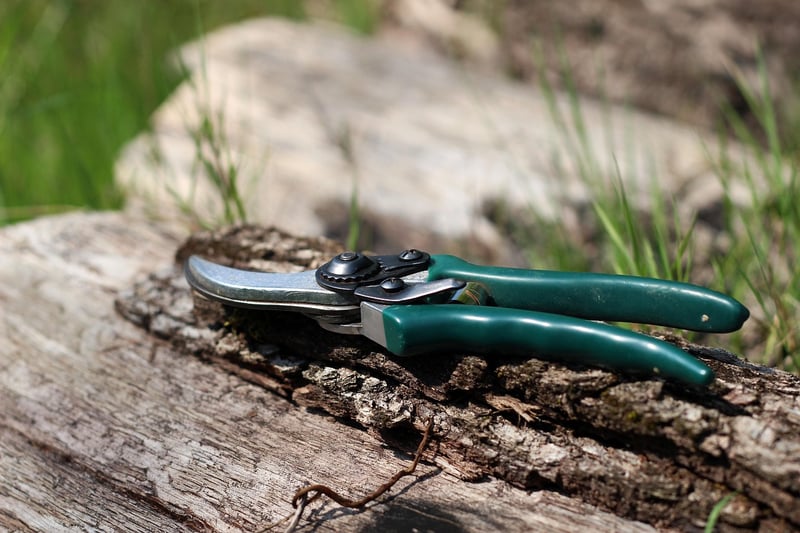Pruning Guide
Keep Your Garden Thriving: A Pruning Guide
Having a beautiful garden requires proper care and maintenance, and one essential aspect of this is pruning. Pruning is the practice of selectively removing certain parts of a plant, such as branches, buds, or roots, to help the plant thrive. It not only improves the appearance of the plant but also promotes healthier growth and better fruit production. Here are some tips to help you master the art of pruning in your garden.
1. Know When to Prune
It's crucial to prune plants at the right time to avoid damaging them. Different plants have different pruning requirements, so make sure to research the specific needs of each plant in your garden. In general, prune flowering shrubs right after they bloom, prune fruit trees during their dormant season, and prune evergreen trees and shrubs in late winter or early spring.
2. Use the Right Tools
Having the right tools for pruning is essential to ensure clean cuts and minimize damage to your plants. Invest in high-quality pruners, loppers, and saws that are appropriate for the size of branches you'll be cutting. Make sure to keep your tools clean and sharp for optimal performance.
3. Remove Dead or Diseased Branches
Dead or diseased branches can hinder the growth of a plant and spread infection to other parts. When pruning, be sure to remove these branches first. Look for branches that are discolored, brittle, or showing signs of disease, and cut them back to healthy tissue using clean, sharp tools.
4. Consider Plant Shape and Structure
Pruning can help shape the growth of a plant and improve its overall structure. To promote a balanced and aesthetically pleasing appearance, consider the natural form of the plant and prune accordingly. Remove crossing branches, thin out crowded areas, and maintain an open center to allow for better air circulation and light penetration.
5. Don't Overprune
While pruning is beneficial, it's essential not to overdo it. Avoid removing more than a third of the plant's growth in a single pruning session, as this can stress the plant and affect its ability to recover. Take your time and evaluate the plant's needs before making any cuts.

By following these pruning tips, you can help your garden thrive and enjoy healthy, vibrant plants year-round. Remember to research the specific requirements of each plant in your garden and tailor your pruning practices to meet their needs. With proper care and attention, your garden will flourish and become a beautiful outdoor sanctuary for you to enjoy.
Happy pruning!
